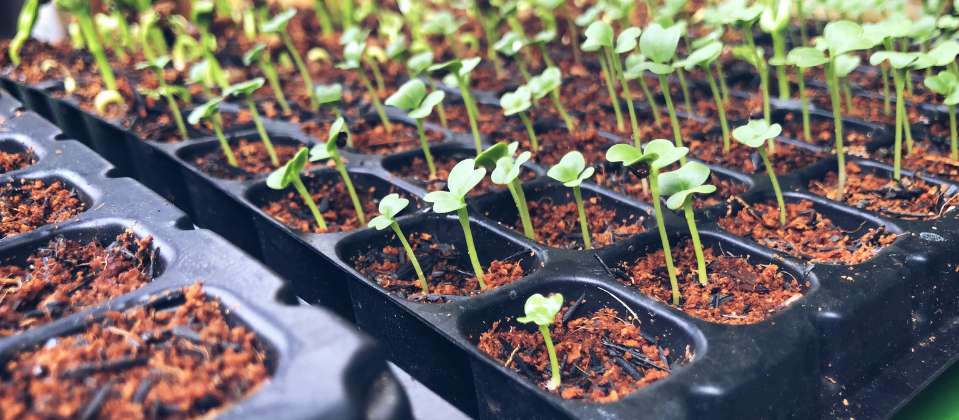As we begin to emerge from the darkness and into a new season, it’s time to be positive in our hopes and intentions for allotment growing this year. We review the past year; we anticipate the one to come. And having received your bill for the year, or perhaps having just been allocated your long awaited plot, it’s also time to be realistic! Be honest: did your plot get away from you? Did you spend enough time there to keep it in a productive, cared-for state? Have you thought through what you might be taking on? Waiting lists are long! If you can’t manage it, maybe it’s time to let it go to someone on the list.
Once your plot is in a basically orderly and tended state, the vast majority given to growing crops not perennial weeds or with paths or rubbish, you can assume it will still occupy a significant part of your time each week. In the growing season, March to October, you should expect to spend at least 10-15 hours a week working there (and yes: working is the word!), depending on its size. And from October to March you still need to be there regularly, pruning, preparing beds, looking after any structures and making sure hedges are kept in good order.
If you’re committed to your gardening for another year, now is the time to be ordering your seeds and, again, balancing hope and optimism with realism! To be sure of being able to get your favourite varieties, it’s a good idea to get your order in promptly. If you’re a committed organic grower, you’ll want to make sure your seeds come from organic suppliers, confident that the seeds have come from organically cultivated and most likely open-pollinated plants, contributing to growing systems that are ecologically sustainable. Choosing non-hybrid seeds also means that you’ll be able to save your own seed: a virtuous circle. Alongside making your seed list, you can also be planning the rotation of your crops so that the precious soil isn’t exhausted by growing the same thing in the same place in successive years, and pests and diseases don’t get a chance to build up. The main groups are brassicas, legumes, roots, cucurbits and tomatoes, and potatoes. Draw up a nice plan that you can refer to as the year progresses; it’s usually best to do this at the plot so you can see realistically what space there is and remember what grew where last season.
Winter is also an ideal time to plant a fruit tree – as well as time for pruning carefully any you already have. Optimism and realism called for again! Many plots end up with badly looked after fruit trees, that are too big for the space available. Do a bit of research to decide what varieties you want, what rootstock the tree should be on, where you can plant it, and how big it will eventually get. Pruning is a skill and an art; it’s worth learning how to care for your trees confidently, for aesthetics and productivity. If you haven’t got much space, use a trained form like a cordon or espalier, and learn how to prune them to retain their elegant form.
On we go!


